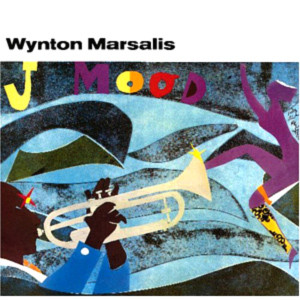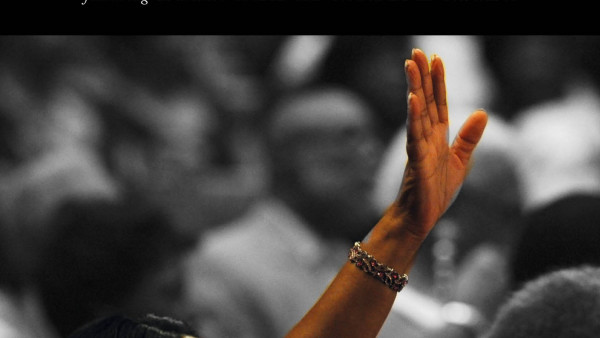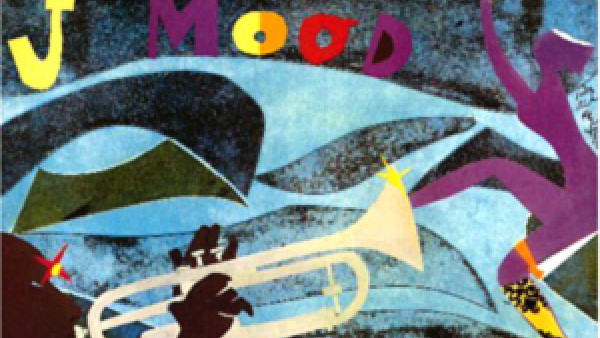A Conversation with Wynton Marsalis
Charlotte welcomes a week of jazz as the Charlotte Jazz Festival launches Monday April 18 and runs through Saturday April 23. More than a dozen performances, workshops, late night jams, a youth competition and even a jazz brunch are offered at venues in and around the Levine Center for the Arts campus.
Origins of the festival extend back to a 2012 meeting in New York City between then-Charlotte mayor Anthony Foxx, former Arts & Science Council President Scott Provancher and Wynton Marsalis, artistic and music director of the Jazz at Lincoln Center Orchestra.
Marsalis and the JLCO are performing as part of the festival and also conducting several education and outreach programs while in the Queen City.
Below are excerpts from a conversation with Marsalis earlier this month. They have been edited for clarity and length.
Q. How do you define a jazz culture and what does it take for a community to create that?
Marsalis. In terms of defining a jazz culture, it means that jazz has a home in different sectors of the community.
Q. There is a fan base of people who are interested in jazz. Jazz is the type of culture that doesn’t require a certain type of person. All kinds of people are jazz people.
Wynton Marsalis: . The values of jazz must be present in the community such as freedom, integration, improvisation, swing – the ability to negotiate with other people, and the blues tradition which is southern and down home and that type of feeling.
When you have the leadership of the city, be it the financial leadership, the political leadership, and the cultural leadership who aspire to something for their citizens that’s not just commercial, then there is a chance for jazz and the arts.
If you have a leadership that only has a financial aspiration, that’s kind of like a family that never goes on a vacation. If everything is business oriented, if you don’t aspire for your students to be racially integrated, if you don’t aspire to fight for the spirit of creativity in your community then you’re not necessarily a place that wants jazz.
But if you are place that is open to the American process, principles of integration – not just racial – all kinds of integration – If you are open to creativity and the celebration of individual personhood, if you are open to these types of values, then you have a chance to be a city that will embrace jazz.
Q. When you performed your Abyssinian Mass at Charlotte’s Friendship Missionary Baptist Church in 2013, you said the crowd was the most diverse you’d ever seen. Will you expand on that?
When I said that, I meant not just racially but age as well. Our country is still segregated, not just by race but also more perniciously by age.
It’s not just the tribal segregation we naturally have. Really what’s interesting is that people of a certain age go to certain music.
Things are sold to our people by generation. I feel that this is has a detrimental effect to the flow of knowledge in our culture.
Q. Why do you think Charlotte is ripe for a Jazz Festival?
The consciousness of people in Charlotte has been aware of where jazz is, North Carolina has been an important state for the music with (John) Coltrane from NC, with (Thelonius) Monk from NC. I’ve always thought this would be a great community for (a jazz festival).
There are a lot of musicians in the area. For a jazz festival or anything like we are trying to do, it takes time to build and develop. The leadership in the business and arts community has the type of patience that is required to develop something of quality.
Q. Tell us a bit about your two concert performances here.
Jazz in the Key of Life: Music of the 60’s & 70’s program are jazz arrangements of many songs people will know like (the Beatles) ‘Eleanor Rigby,’ or ‘Wooden Ships’ (Crosby, Stills and Nash), a couple of Stevie Wonder songs. Vincent Gardner is our musical director for this. ‘Sugar Lee,’ a Donny Hathaway tune, is an arrangement of Chris Crenshaw. It’s interesting to hear those songs given this type of treatment.
For the Music of the Masters program we’re going to do a great arrangement of ‘Rhapsody in Blue’ done for Duke Ellington’s orchestra by Billy Strayhorn in 1953. We’ll do a lot of classic George Gershwin songs. We’ll do one of the first arrangements of ‘I Got Rhythm,’ that used a trombone section arranged by Don Redman.
Q. You had a relationship with Charlotte native son artist Romare Bearden. Tell me about your relationship with him.
I absolutely love him.
My mentor Albert Murray had a relationship with Romare. When I was 20, Albert called Romare and introduced me to him, and asked him, ‘Could you teach this guy something?’
I met Romare, I went to his studio and he told me to read a book on mythology, “The Hero With a Thousand Faces,” by Joseph Campbell. It was very interesting, here is this painter and the first thing he asks me to do is read a book on mythology. He said, ‘If you read this book and come back to me and know something about it, then you can keep coming here.’
Maybe a year later he agreed to do an album cover for me, called ‘J Mood.’
I was so naïve I brought him a drawing of what I wanted him to do. He looked down at the drawing, and then he looked up without moving his head. He picked his eyes up to look at me as if to say, ‘You’ve got to be kidding me.’ I was so unsophisticated I didn’t realize I’d done something wrong until he looked at me.
I immediately tried to be respectful and was all ‘Yes sir,’ so he would know it was just a matter of ignorance and not me being disrespectful. He noticed that and he started laughing. He said, ‘This is what you want me to do? I’m not going to do that.’ He said, ‘When you come to this studio I’ll work on it.
I’d come to his studio, he’d work on it and we’d talk. He was like a mentor to me. I developed a very strong respectful relationship with him. I have a profound respect for his art and used as much of it as I could on my record covers.
By Michael J. Solender
Source: Qcitymetro



